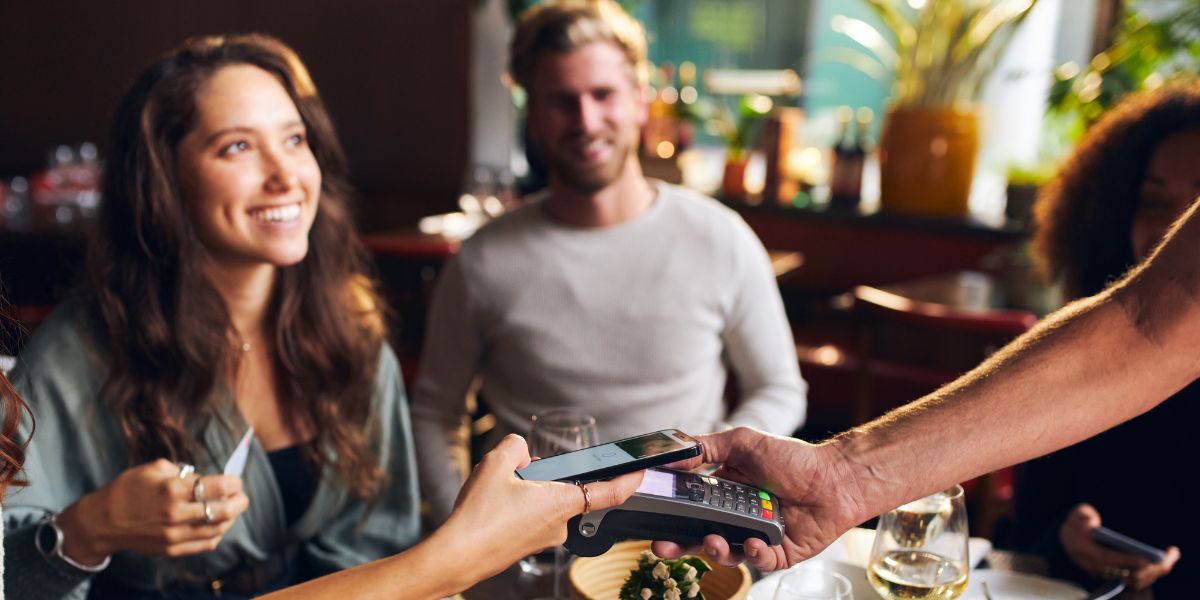Eating out at restaurants, cafes or takeaways can be tricky for people with diabetes. Without being able to see the ingredients beforehand, we are often forced to do a fair amount of guesswork as to what a dish may contain.
This leads to some people with diabetes being left to guess how much medication to take.
General rules for eating out
Avoid or have small quantities of sugars and simple carbohydrates (chips, potatoes, white bread, white rice, pastry, sponges etc).
Watch the saturated fat content. Fried and battered foods have a high saturated fat compared with grilled and boiled foods. Many sauces and dressings tend to be high in sat fat so opt for simple olive oil based dressings if you can and ask for sauces to be served separately.
Be wary of salt intake which is linked with high blood pressure Salt adds flavour, so restaurants may be quite liberal with their use of salt.
Avoid adding table salt and using less sauces (such as soy sauce) can help to keep your salt intake lower.
If you’re drinking, be aware that alcohol may affect your blood sugar levels
Order a good quantity of vegetables. Vegetables add fibre and contain a vital source of vitamins and minerals
Watch your portion sizes
Restaurants often leave people waiting, often making them all the more hungry, which can lead to over-ordering.
Watch out for this and don’t feel you have to finish your plate or bowl.
Be aware that the body also responds to over eating by releasing more sugar into the blood stream to help digestion, which is no good for sugar levels
Call in advance
If you get the chance, it may be advisable to ask in advance whether they will have certain ingredients on hand. If you plan to order a curry, you could ask whether they will be able to serve brown rice, which has a lower GI than a lot of other varieties.
If you call in advance you can also ask whether the restaurant would be happy to modify certain dishes, such as swapping a salad for fries, extra vegetables instead of rice or providing healthier sauce options.
Don’t be afraid to ask for changes
It can feel a bit awkward asking for changes to a meal at the restaurant but it’s your health so it’s well worth asking. If they can’t say swap chips for salad, you can always order a side dish and ask them to not serve the chips.
If you’re eating out at a restaurant, unless it’s particularly busy, they should usually be able to make some efforts to accommodate your needs. Asking for your steak to be grilled rather than fried is a reasonable request for instance. If the waiter or waitress doesn’t know, they should ask the chef.
How will the food be served?
This is one of a number of questions that can be really helpful to ask:
- How large is the portion?
- Will the sauce, gravy be served separately?
- Which vegetables are included in the seasonal vegetables?
- How many vegetables will be served? (A key question if you plan not to have much mash say)
- How much flour does the soup contain?
- How will the fish or meat be cooked?
- Does the ice cream have any sweet sauces, syrup or chocolate on top?
Sending back the bread
Restaurants will often provide bread for free but it’s often a good idea to send it back. One reason is that the bread provided is most usually white bread and therefore a fairly quickly absorbed source of carbohydrate If weight is a problem, it also can be better to avoid having bread close to hand.
Test your blood sugars
It’s always good if you can check your blood glucose levels after a restaurant meal to see whether your numbers have risen significantly.
A test within 2 hours of eating is useful and about 4 hours after should give an indication of how the meal affected your sugar levels.
When to inject?
If you need to inject in advance of a meal, this can be awkward when eating out as it’s often difficult to know how long the meal will take to arrive.
One option is to order a very low GI meal, one with a good content of protein and very little or very slow acting carbohydrates, which would allow you to inject when the meal arrives.
The other option is to inform the waiting staff of your needs and be prepared to take alternative carbohydrates if the meal does not arrive in time.
If on rapid acting insulin, you may have more flexibility with your injections and it can be an idea to inject insulin , or bolus, more than once for a meal depending on what you have.





